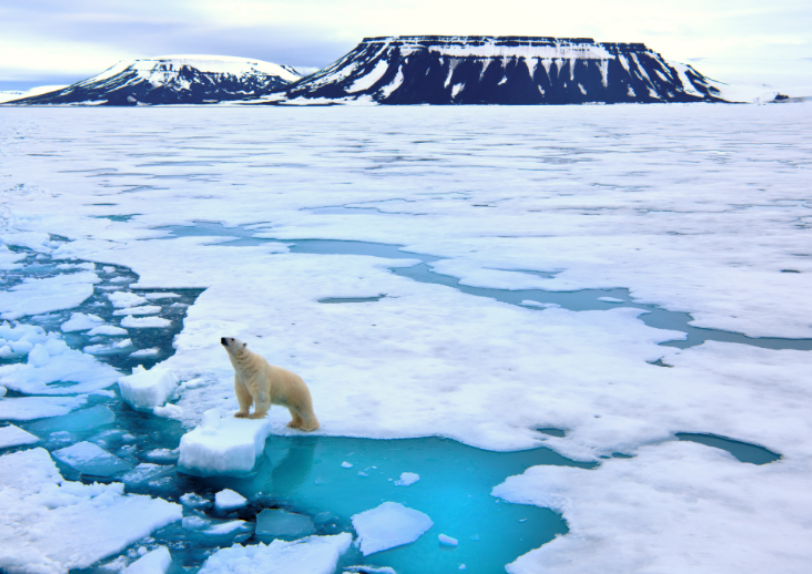Since the Industrial Revolution between 30 and 40 per cent of the CO2 produced by humans has been absorbed by oceans, lakes and rivers. Until now, this has prevented the planet from becoming ’overheated’, but it has also led to – and continues to lead to – warmer oceans. The ocean temperatures are on the verge of rising at the same time as they are becoming more acidic.
Climate change and ocean acidification are already affecting vital ocean ecosystems. One of the most acute examples is the bleaching of major coral reefs. Large areas of the northern parts of the Great Barrier Reef are on the verge of dying. Coral bleaching in warmer waters is due largely to the water temperature becoming too high for the algae that live in symbiosis with the corals, so that the algae relocate. Today, three-quarters of all corals are threatened in one way or another while 25 per cent of all fish in the world are dependent on corals.
Rising ocean acidification, especially in the Arctic, is affecting many species to such an extent that it is changing the make-up of the Arctic ecosystem. In the northern parts of the Arctic, and in particular in association to the edge of the Arctic ice pack, there are unique species that are dependent on the stability of the entire ecosystem.
REV – Prioritized areas of research and innovation
The warming of the Arctic is happening twice as fast as other areas around the world. REV will work with partners to enable research and cooperation that can:
- Measure to what extent animal life in the Arctic is vulnerable to different forms of human interference.
- Map the levels of environmental pollutants in Arctic marine mammals, seabirds and fish, divided by region.
- Map the levels of nanoplastics in the Arctic marine mammals, seabirds and fish, divided by region.
- Identify regions of major ecological value that can contribute to strengthening the ecosystem against climate change.
